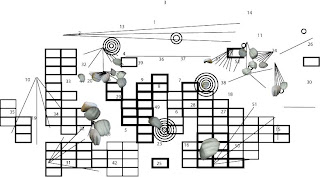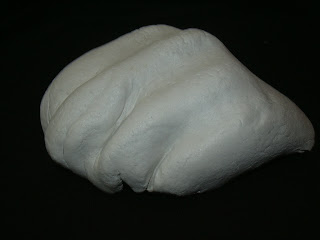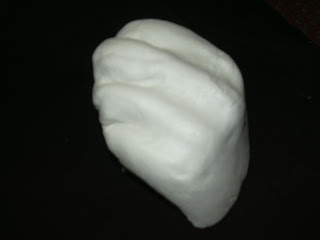I am very pleased with this image as it gives a sense of the 3D physical form that I was trying to achieve rather than simply the flat 2D approach of lines and pictures. This adds depth to the mapping and allows the interaction of the gestures to come across. This together with the other notations I have done creates images like these:
This creates a really dynamic map of the picnic environment which is readable and interesting to look at. The final part that is missing however is the last notation for hard and soft areas of the collage. I have not completed this yet as I am trying to find a notation that fits well with the current notations. I have come up with one idea which I have tested but I am not sure whether this has the impact and individuality I am trying to achieve, alike to my other notations. This attempt is as follows:
Alike to the light/dark issues I had with my notation, with this notation I feel that it doesn't portray the information very obviously and so it is difficult for the viewer to understand what it is displaying. I feel that this is because, again like the light/dark, there are too many variations, as the size and shape of the objects change as well as how curved they are. This draws attention away from the real difference between the curves and so makes it harder to read. To combat this problem I intend to research into possible ways of measuring and notating hard and soft areas, as well as trying to develop different ways of using the above idea which may be more effective.




































